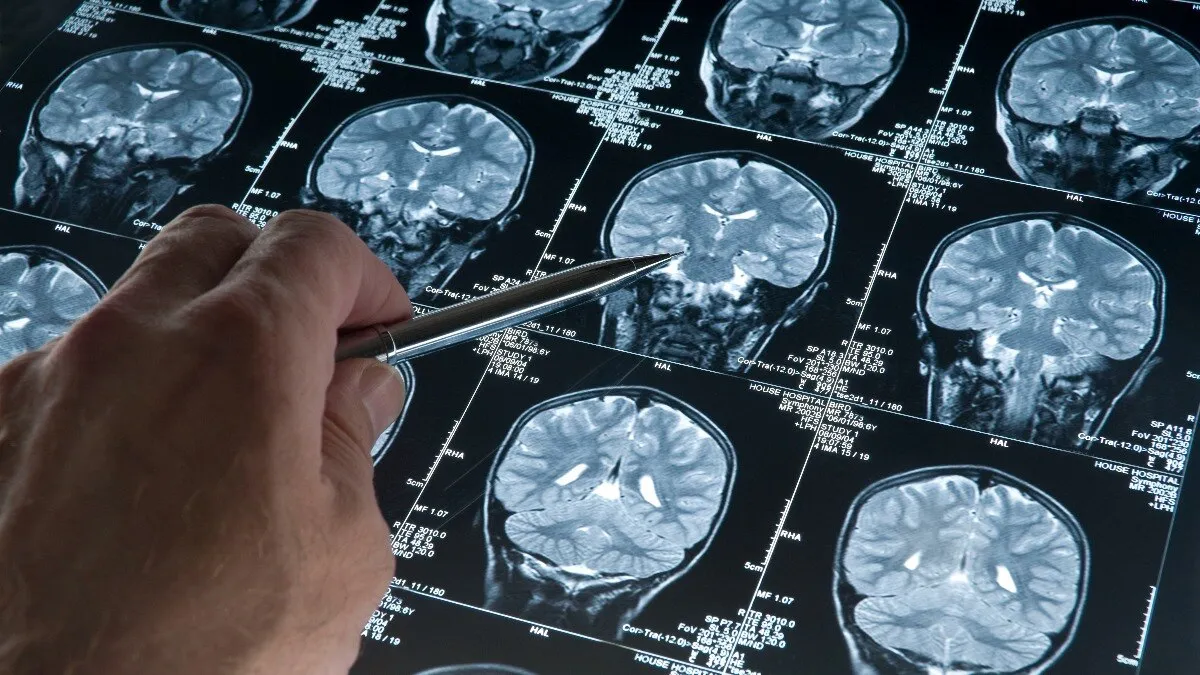Alzheimer's Disease: Understanding the Two Distinct Phases of Brain Damage

Introduction to Alzheimer's Disease Phases
Alzheimer's disease is a complex neurological condition that affects millions globally. Recent research from the NIH unveils the notion that the disease progresses in two distinct phases, fundamentally altering the brain.
Early Phase of Alzheimer’s Disease
During the early stage, Alzheimer's disease causes slow and silent damage to specific brain cells, known as inhibitory neurons. Before any noticeable memory issues emerge, this phase primarily impacts the middle temporal gyrus, crucial for memory and language.
Destructive Phase and Symptoms
The later phase of Alzheimer's disease is characterized by rapid brain damage and the onset of cognitive symptoms. This phase coincides with the accumulation of plaques and tangles, leading to significant disruptions in brain function.
Implications for Treatments
This comprehensive understanding of the two phases of Alzheimer’s disease is pivotal for guiding the development of future treatment strategies. Identifying the mechanisms at play in the early stages allows for targeted interventions that may delay or mitigate the impacts of the disease.
Conclusion on Alzheimer’s Disease Research
The findings from the NIH not only shed light on existing concepts related to Alzheimer’s disease but also introduce new avenues in understanding how the disease evolves. Ongoing research continues to reveal critical insights that could enhance therapeutic options for patients.
This article was prepared using information from open sources in accordance with the principles of Ethical Policy. The editorial team is not responsible for absolute accuracy, as it relies on data from the sources referenced.